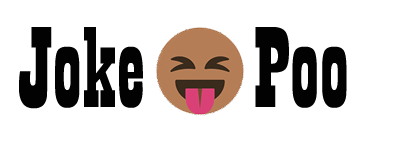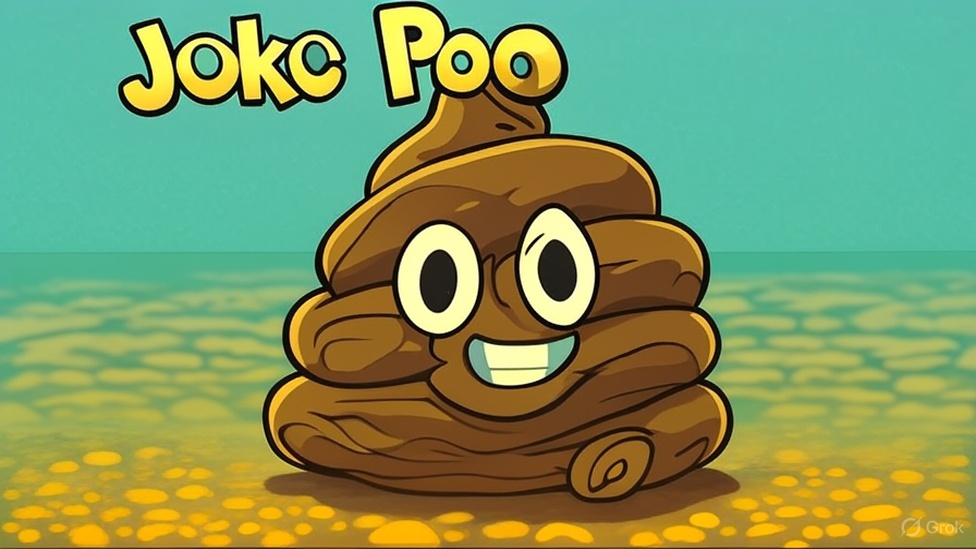“My, grandma, what great big eyes you have. And what big ears you have. And what big teeth you have." "Little Red, get that magnifying glass the f out of here"
Joke Poo: Grandpa’s Phone
“My, Grandpa, what a big screen you have. And what big buttons you have. And what big text you have!” “Grandson, get that telescope the heck away from my phone!”
Alright, let’s dissect this Red Riding Hood joke!
Joke Breakdown:
- Setup: Replays the familiar “grandmother” scene from Little Red Riding Hood, where Little Red notices increasingly alarming features.
- Twist: Instead of the expected “All the better to…” wolfish response, we get a modern, irritable grandma who reveals the observations are due to a magnifying glass.
- Humor: The humor lies in the unexpected modern reaction (“get that magnifying glass the f out of here”), subverting the traditional fairy tale narrative. It’s funny because it:
- Deflates the tension built by the setup.
- Turns the “grandmother” into a grumpy, ordinary person instead of a fearsome wolf.
- Incorporates modern slang for extra impact.
Key Elements:
- Little Red Riding Hood: The classic fairy tale.
- Magnifying Glass: The specific item causing the distorted view.
- Grandmother (or Wolf-in-Disguise): The target of the observations.
- Subverted Expectation: The core of the humor, replacing the wolfish reveal with a modern retort.
Now, let’s use these elements to create some comedic enrichment:
1. A “Did You Know?” Observation:
“Did you know that the earliest versions of Little Red Riding Hood don’t even have a wolf disguising itself as the grandmother? Instead, the girl is tricked into eating the grandmother’s flesh and drinking her blood! Which, honestly, makes a magnifying glass-induced existential crisis seem way less disturbing in comparison.”
Why it’s funny: It contrasts the original dark, morbid tale with the modern joke’s mundane magnifying glass problem, highlighting how far the fairy tale has evolved (and perhaps sanitised). It also uses a slightly dark/gross contrast for humour.
2. Alternative Joke:
Little Red: “Grandma, what big eyes you have… what big ears you have… what big teeth you have…”
Grandma: “Honey, I told you, these are the filters on this new video call app. I’m trying to look younger! Now, are you going to tell me about your day, or are we just going to dissect my aging face with Snapchat lenses?”
Why it’s funny: It updates the scenario to a modern context (video call filters) and uses familiar frustrations around technology and appearance to add a comedic edge. The “grandma” is still grumpy and modern, but the reason for the distortions is now a current cultural phenomenon.
3. Witty Observation:
Perhaps the most terrifying aspect of the original Little Red Riding Hood isn’t the wolf’s deception, but the sheer confidence a wolf would need to successfully impersonate someone, let alone eat their grandmother beforehand. You’ve got to admire the dedication to a bad bit.
Why it’s funny: It points out an absurd aspect of the original story that’s often overlooked (the boldness of the wolf), and frames it as a “bad bit” (a bad joke or comedy routine), creating unexpected humor.
These are just a few examples. The key is to use the original joke as a springboard and find new, unexpected angles based on the underlying elements. Good jokes are like little rabbit holes – they’re fun to explore!


